If you’re ready to dive into the world of sewing with stretch fabric, you’ve come to the right place! With the right tools and techniques, you can turn those knit fabrics in your stash into a wardrobe full of cozy, durable, and stylish garments. In this article, I’ll share some of our favorite tips, tricks, and stitches for sewing with knits, so you can make your DIY projects look like a million bucks.
If you’re a beginner, you may be feeling a little intimidated by the thought of working with stretch fabrics. I get it! Knits can be a bit of a wild card in the sewing world.
The fabric puckers, the stitches snap, and the seam looks like it’s got a permanent case of the hiccups. What a nightmare!
In this article, I’ll cover everything you need to know to conquer your fear of knits and sew up a storm.
Here are my best tips for sewing with stretch fabric:
1. Use the right needle
Use a ballpoint or stretch needle, which will slide between the fibers of the fabric instead of piercing them, reducing the risk of snags and runs. Begin by swapping out your universal needle for the right one – a stretch needle for highly elastic fabrics like spandex, power mesh, lycra, or scuba, and a ballpoint needle for all other knit fabrics.
2. Use polyester thread
Cotton thread can be used for sewing some knit fabrics, but it is not recommended for most knitwear. Cotton thread is not elastic, so it will not stretch with the fabric, which can result in popped stitches. Polyester thread is a great choice for sewing knits, as it is strong, durable, and has good elasticity.
2. Stabilize the fabric
Stabilizing the fabric can help prevent stretching and warping as you sew. This can be done by using a stabilizer like fusible knit interfacing or spray starch. The fusible knit stay tape can be a lifesaver when working with stretchy fabrics. Give it a try, and you’ll be amazed at the difference it can make!
3. Test your stitches
Before starting your project, test the stitch on a scrap piece of the fabric to make sure it can stretch and still maintain its shape.
4. Use a walking foot
A walking foot helps to evenly feed the fabric through the machine and prevent stretching and puckering. It keeps your knit fabric from slipping and sliding around, so you can focus on the task at hand.
5. Use a serger
If possible, use a serger to sew seams for stretchy fabrics, as it will produce a more flexible and durable seam.
6. Get to know the different types of stitches you can use for knit fabrics
If you don’t have a serger, don’t worry! While a serger can be a valuable tool for sewing knits, a sewing machine can also be used to create clean and stretchy seams.
However, it’s best that you stay away from straight stitches. Using a straight stitch on knit fabric is just asking for trouble!
With the right needle and stitches, you can achieve professional-looking results with a sewing machine. Several stretch stitches can be used when sewing with stretchy fabric to ensure that the seams remain flexible and don’t break when the fabric is stretched.
Here are some of the most effective and commonly used stitches for sewing stretch fabrics:
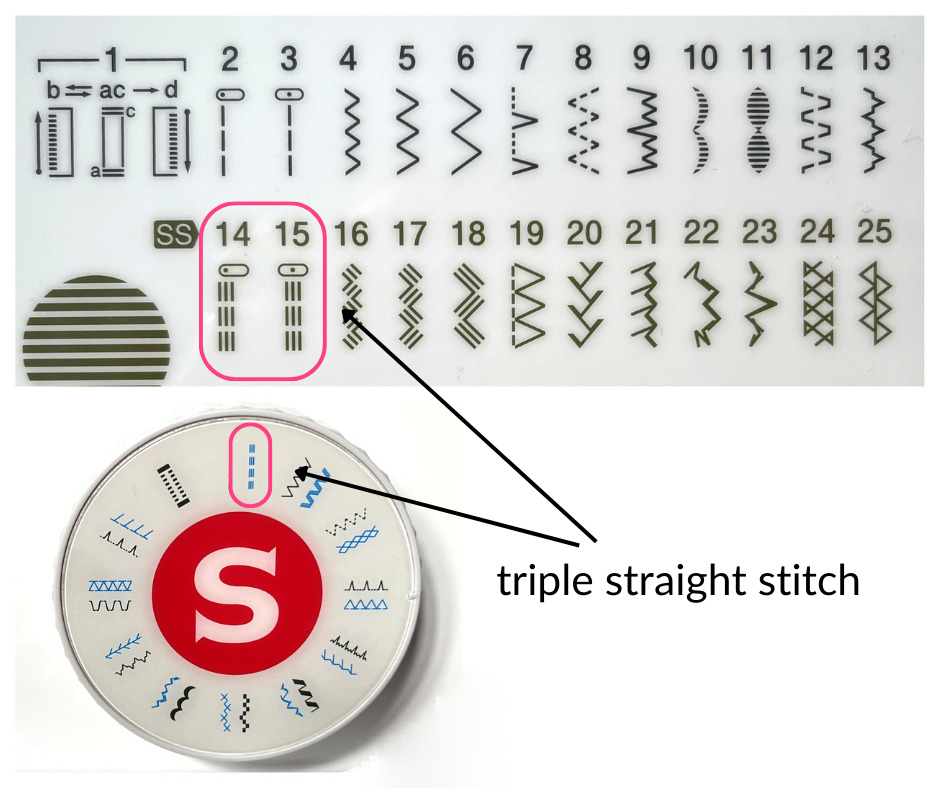
1. The triple straight stitch is like a superhero for hemming stretchy fabrics!
With three locks (it goes forward, backward, and forward again), this stitch is stronger than a bank vault. It is a highly recommended choice for hemming stretchy fabrics. This makes it an excellent option for use on sewing patterns with significant negative ease. So, if you’re looking for a stitch that can save the day, this is the one!
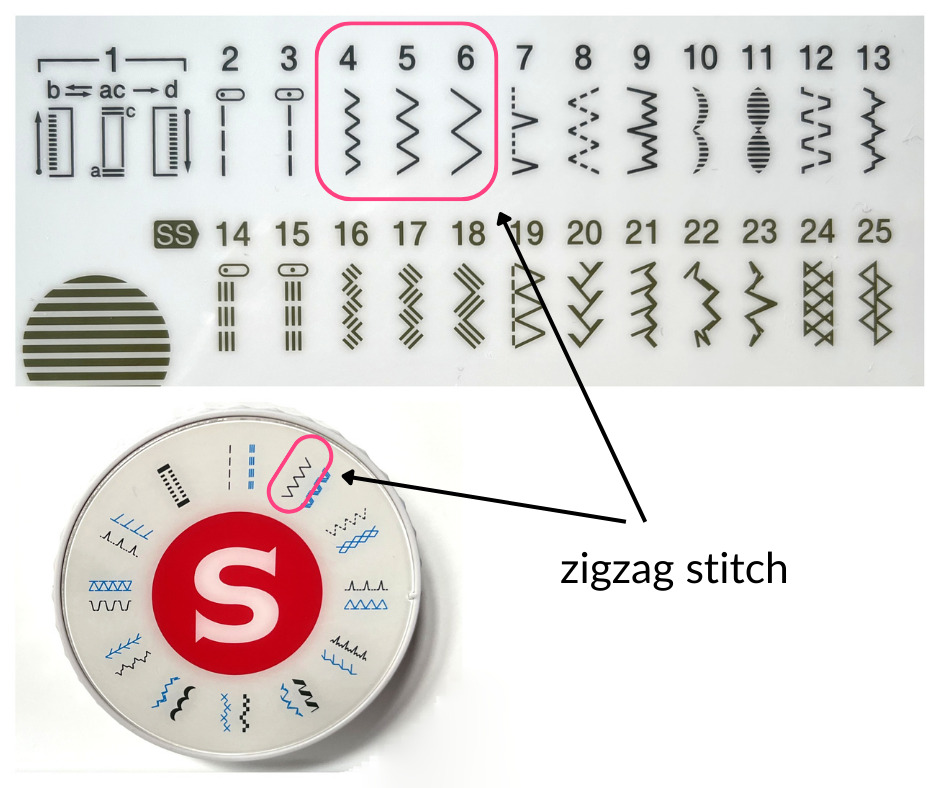
2. The zigzag stitch is a beginner-friendly stretch stitch option, found on almost every modern sewing machine
No serger? No problem! You can always use this one to finish raw edges. If a triple straight stretch stitch is unavailable, zigzag is a solid runner-up. It may not be as strong as triple straight, but it’ll give you enough stretch to avoid popped seams. Plus, you can adjust it for width and length to accommodate different types of stretchy fabrics.
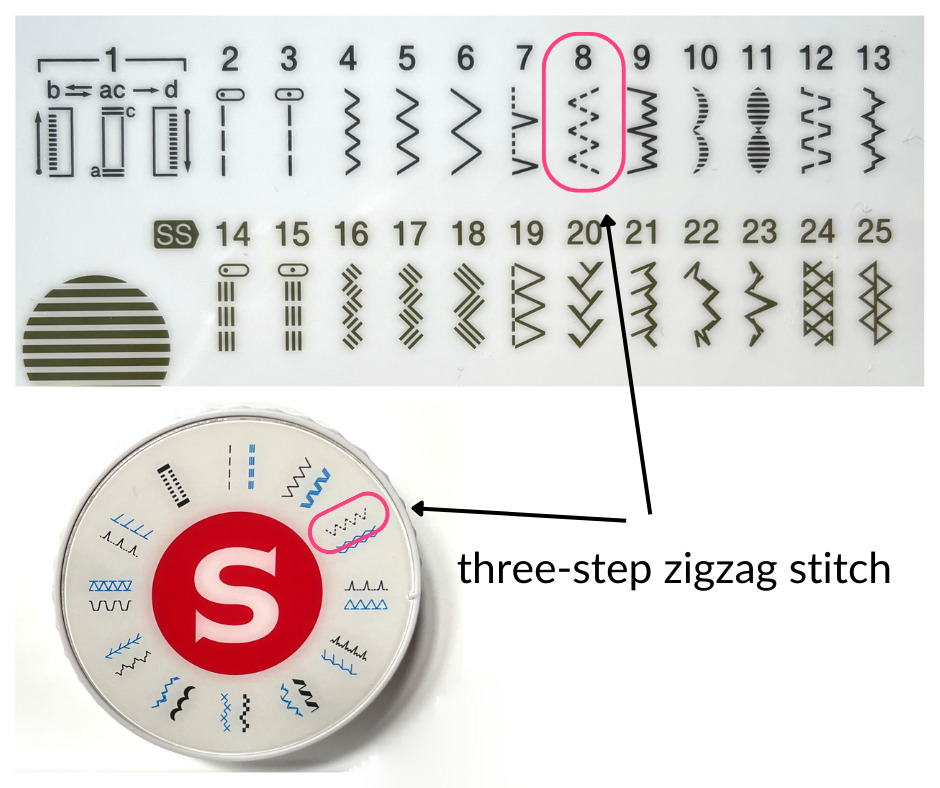
3. Your sewing machine might have a hidden gem called „the three-step zigzag stitch”
Regular zigzag can cause tunneling on light knit fabrics, ruining your professional finishes. But, the three-step zigzag stitch solves that problem with tiny diagonal straight stitches, preventing side-to-side pulling for a flatter, better-looking stitch.
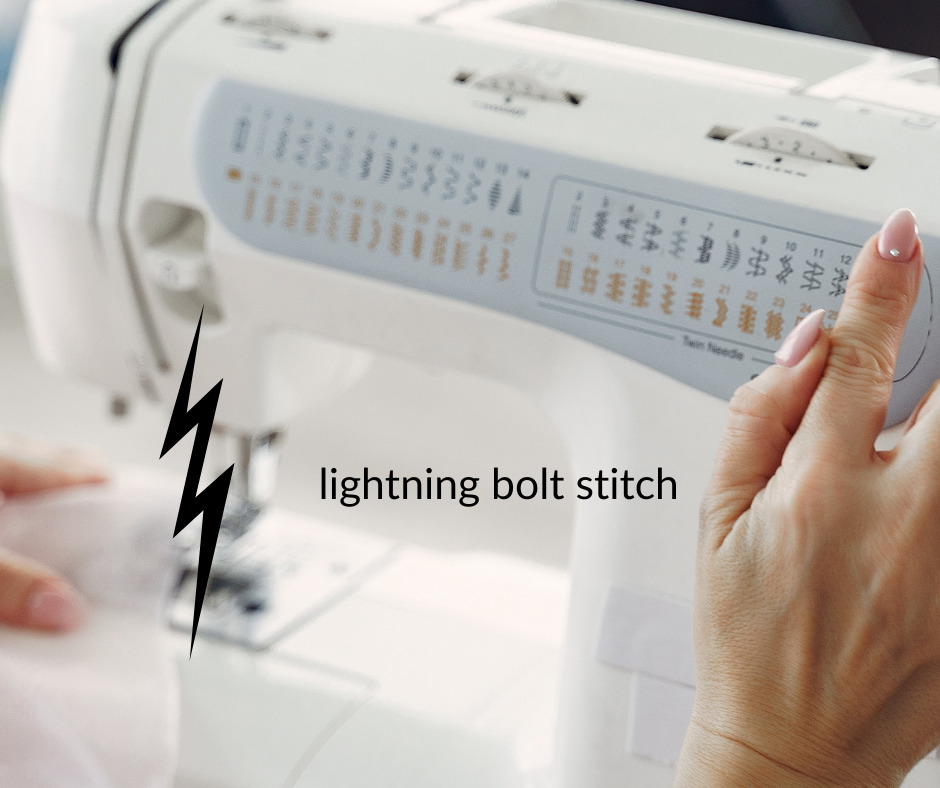
4. Lightning bolt stitch is often the go-to recommendation for sewing knits
The stitch is available on most modern machines – it’s flexible and will stretch when the fabric stretches. With a neat forward and back motion, it’s strong and still lets the fabric stretch without popped stitches. This stitch resembles a zigzag but has more give. However I don’t have this stitch on either of my sewing machines (I have a Heavy Duty Singer sewing machine, and a basic Brother BQ 25), so I usually opt for one of the first three options.
IN A NUTSHELL:
Take a closer look at your sewing machine and see what stretchy stitches you’ve got to play with.
If you’re lucky enough to have a machine with multiple stitch options, dust off that manual and see which ones are ready to tackle your knit projects.
Don’t be afraid to experiment, and don’t let anything hold you back from stretching your sewing skills!
Let’s keep in touch! You can find me on Facebook, Instagram, and Pinterest.


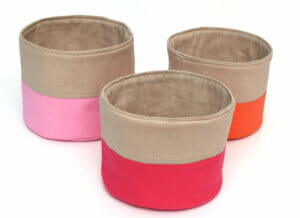
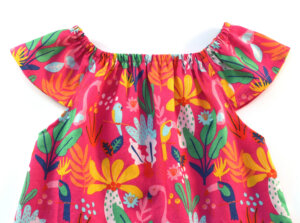
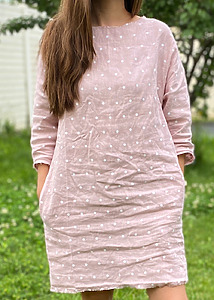
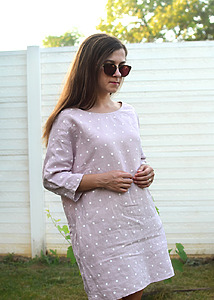
I’m loving all the tips. It makes you stop and go back to the basics.
Thank you!
Thank you, Susan! I think the difference between our expectations and reality in this situation is quite significant – sewing with stretch fabric is not something one should worry about, it’s actually pretty easy!
hi,
thank you for the tips, I just hope they will change the situation and help me.
This is a great tutorial! I have seen that three step zig zag but I never knew what it was for. I love these kinds of instructions but usually you don’t see this on other websites. I appreciate the fact that you make it simple but explain everything in detail such as needle, thread and even stitches. Thank you so much for the time you take to write these. That’s a lot of work for you. I will bookmark your website for future reference. Thanks again
Thank you so much for the kind words, Mary! All these stitches mentioned here are strong and stretchy, if you use any of them the serger becomes more or less redundant. Buuut, you’ll always want to test your stitches on scrap fabric, because it can take a little bit of practice to master them.